Subject / Object "I did it my way ...." |
process / net / web |
|
|
GENERATIVE SYSTEMS Part I "Theory" Part II "Applications / Examples" Lecture by Manfred Wolff-Plottegg
|
The Bartlett School of
Architecture / UCL University College London Feb.5th 2003 am G.O 2
|
| FROM OBJECT TO PROCEDURE
FORWARD PLANNING: Subject and object disabled / no settings |
Subject /
Object >> Process / Net traditional painting Ernst Mach |
| SPACE / TIME MODELS
|
tx_transform information block: normal film Muybridge 1871 information block: tx_transform tx_transform animated gif steam engine Trautenfels |
| PERCEPTION OF SPACE:
beyond Euclidean geometry |
The Renaissance Legacy
anamorphoses cube wire frame Merzbau Plottegg Bathroom 1983 cube shade x-ray recognition James Turell Koch / splines Waterpavillon (NOX) cube*.avi escalator (Kupelwieser) trachea.wrl |
| ALGORITHMEN |
Koch, fern, leaf, Mandelbrot
Schönberg game of life DDLab Celular automata / Random boolean networks Swarm Modells |
| NEURONAL ARCHITECTURE
PROCESSOR (PROTOTYPE) |
DAN /RNA Neurons |
| REAL
VIRTUALITIES |
Subject / Object "I did it my way ...." |
process / net / web |
|
|
 Ernst Mach 1871
Ernst Mach 1871











Mc Luhan / Medientheorie
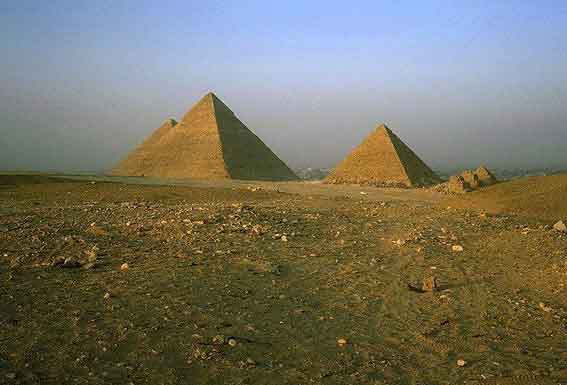
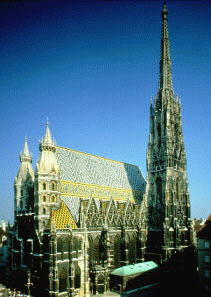
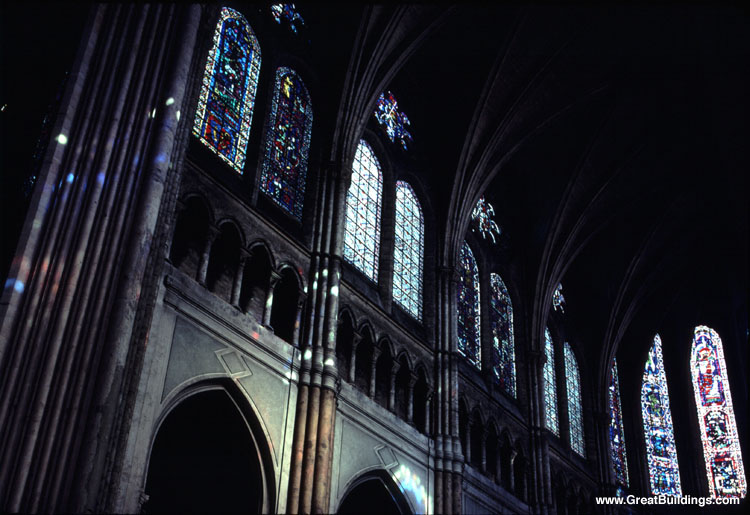

INFORMATION _ PROCESSING

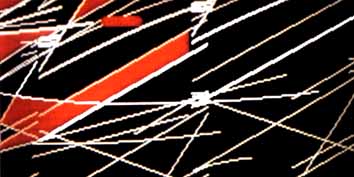
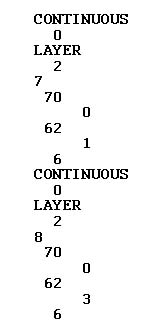
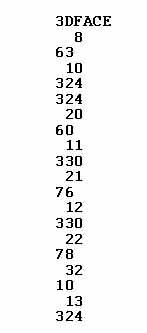







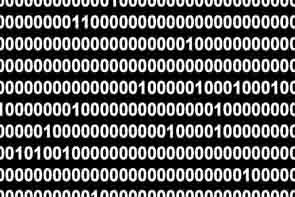


A. Cozens 1785
"New methods of assisting the invention
in drawing of original compositions of landscape"
"To sketch is to transfer ideas from the
mind to paper. To blot is to make varied spots ... producing accidental forms ... from
which ideas are presented to the mind ... To sketch is to delineate ideas; blotting
suggests them."
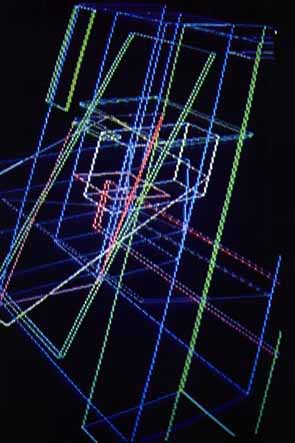
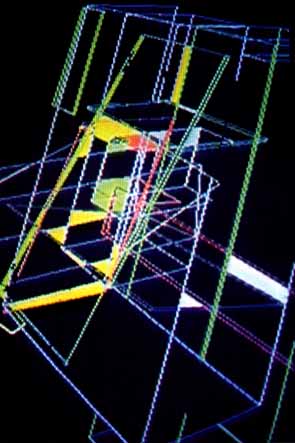
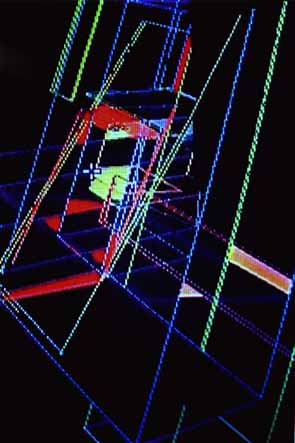

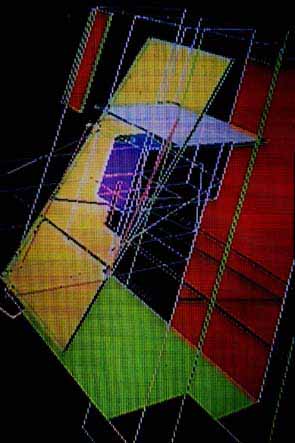
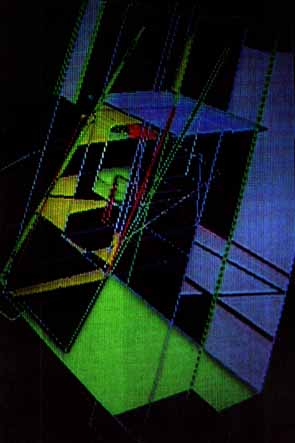
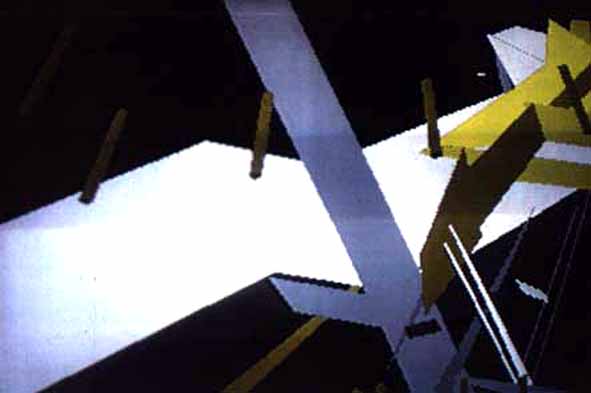
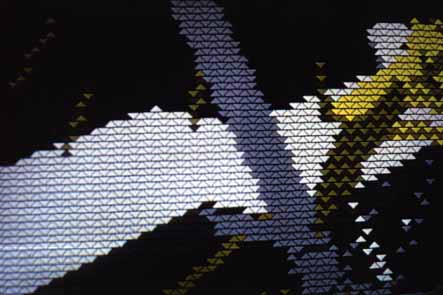
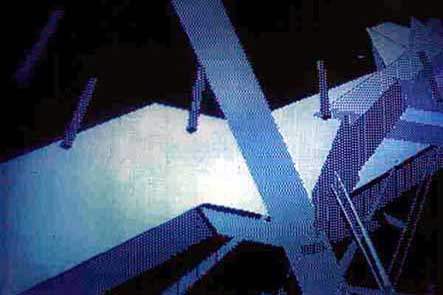
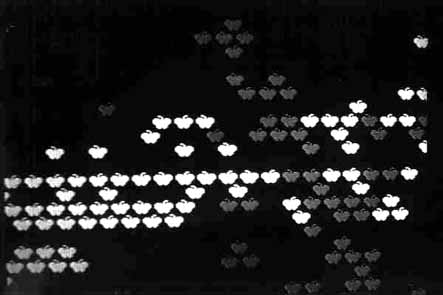
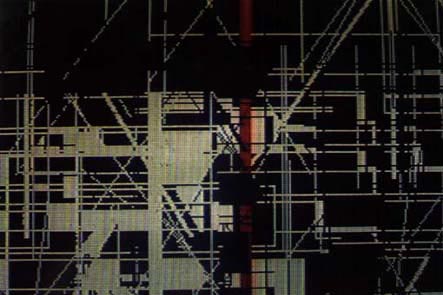
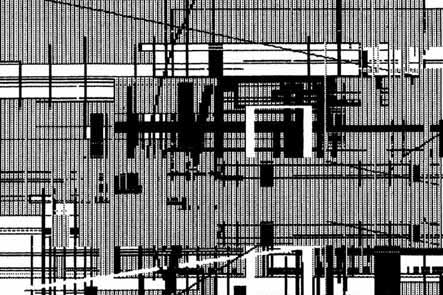
universal templet plottegg 1987
W.A. Mozart 1756 -1791
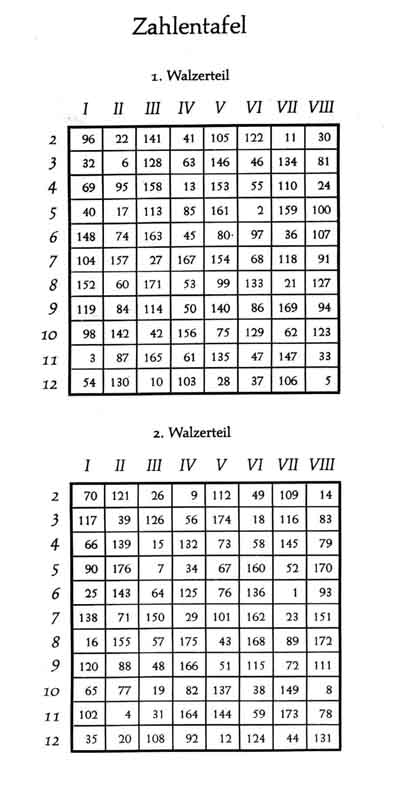

opus KV 516f is a composition resulting from dice-playing (random design)
Instruction how to compose a waltz
with 2 dicesprocedure:
throw the dice, make the sum of their values,
go to the first table,
take the number of the bar from the table
match the value of the dice with the corresponding
bar column
then read the value for the bar table
look up the notes for the selected bar
continue for the next bar
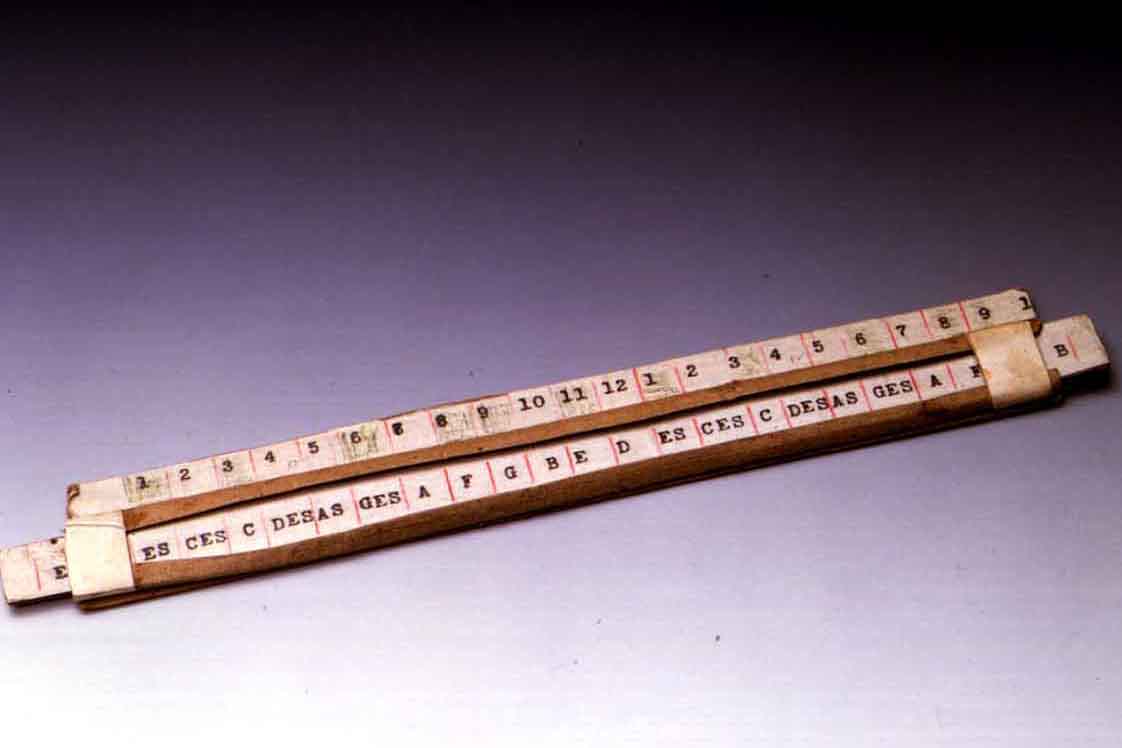

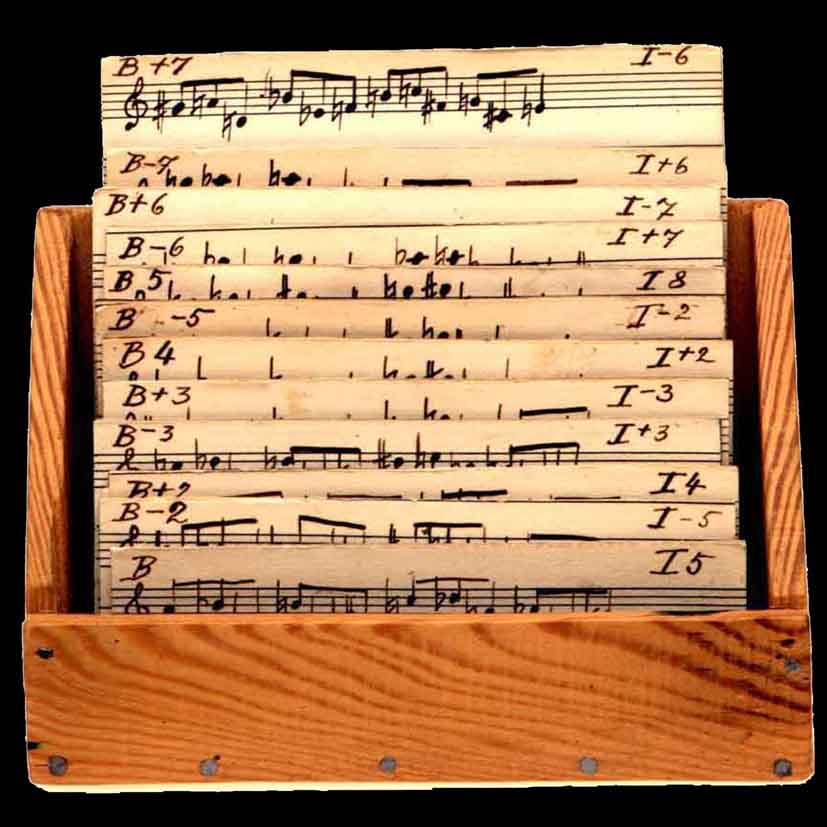
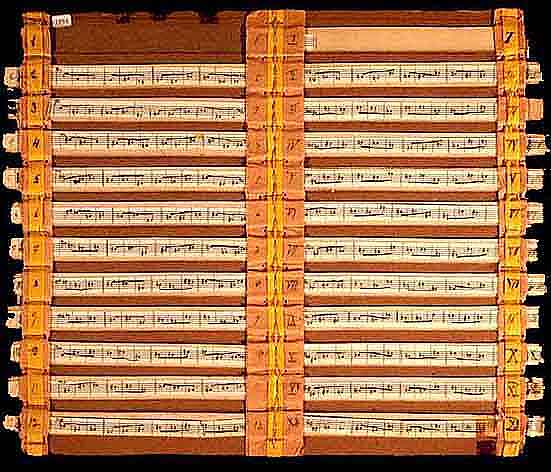
Arnold Schönberg: production by algorithms;
not extrapolation of what he was hearing (in his
brain /mind) but exterior generation; anoather contribution to the question of subject /
object / algortithm.
The twelf tone music is a very strict rule for composing: for instance you may repeat a tone only after having used the other 11 tones.


John Cage "Fontana Mix" 1964

Roman Haubenstock Ramati

VITO ACCONCI 1967

THE SQUARE NOVEL / Friedrich Achleitner

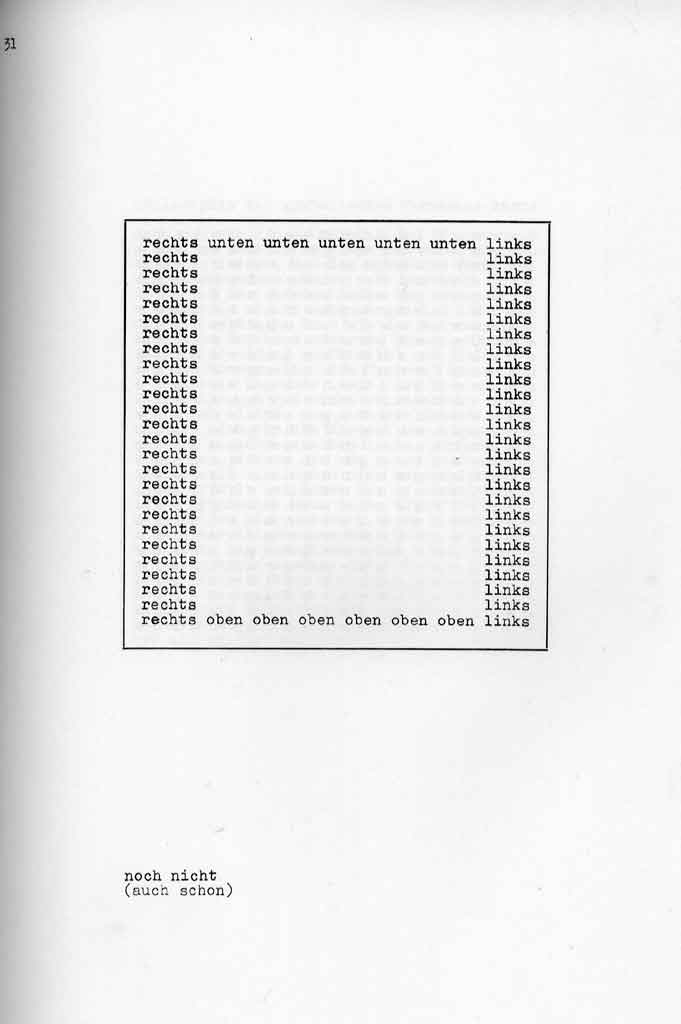



"Volksbuch" Heidulf Gerngroß 1978
Peter Bichsel: "a table is a table" 1969
rename |
bed |
> |
picture |
rename |
table |
> |
carpet |
rename |
chair |
> |
bell |
rename |
newspaper |
> |
bed |
rename |
mirror |
> |
chair |
rename |
bell |
> |
album |
rename |
cabinet |
> |
newspaper |
rename |
carpet |
> |
cabinet |
rename |
picture |
> |
table |
rename |
album |
> |
mirror |
rename |
ring |
> |
place |
rename |
freeze |
> |
look |
rename |
lie |
> |
ring |
rename |
stand |
> |
freeze |
rename |
place |
> |
browse |
wordmix.htm README.1ST / UPDATE
Recipe for cooking recipies 1998
Hybrid Architecture / Plottegg already 1981

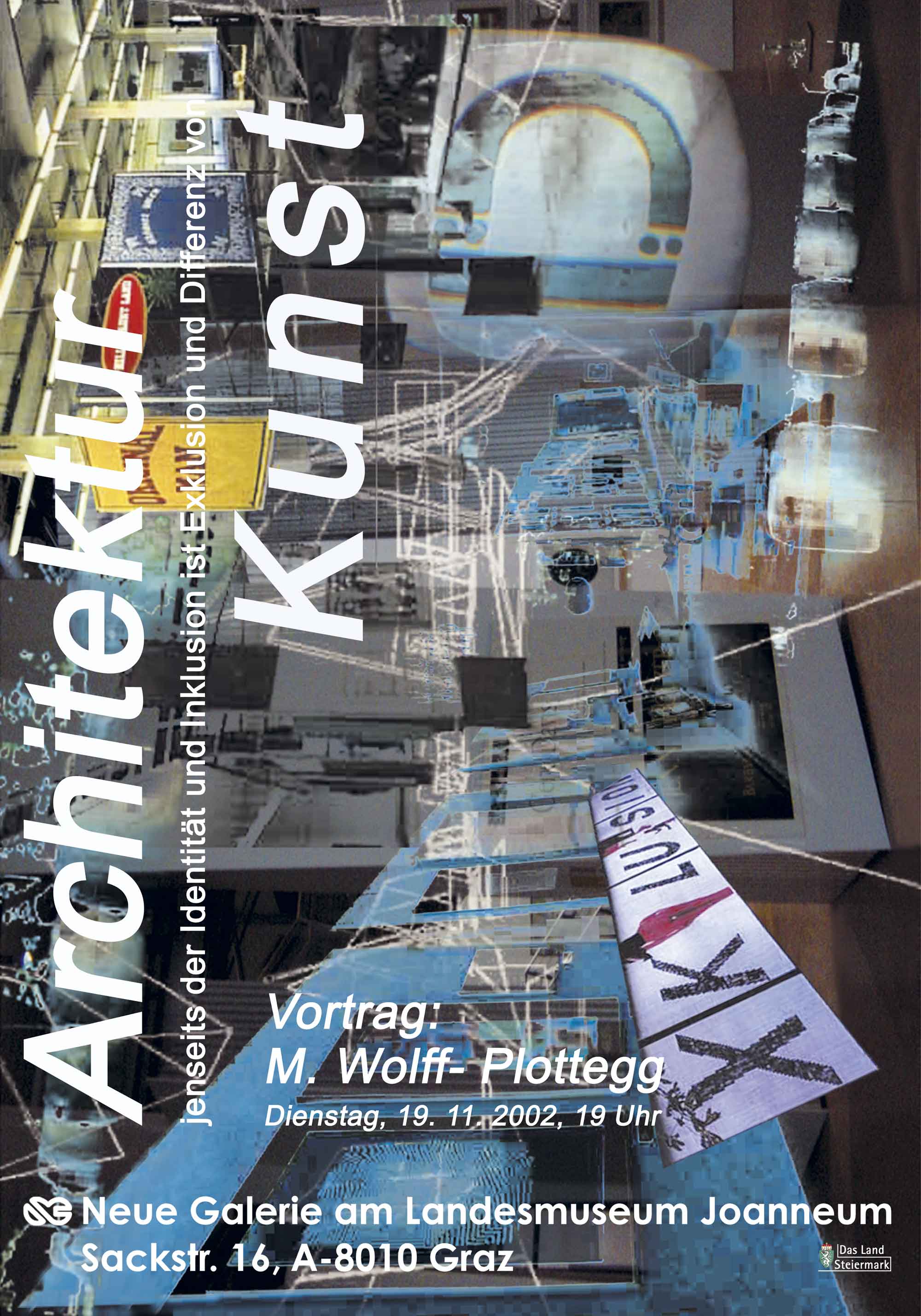
Poster = {IDENTITÄT:DIFFERENZ
+
INCLUSION:EXCLUSION +
JENSEITS VON KUNST}
=
Architektur jenseits der Identität und Inclusion
ist Exklusion und Differenz von Kunst


Urban E 1999 / GBL TU WIEN
desingning objects # designing processes
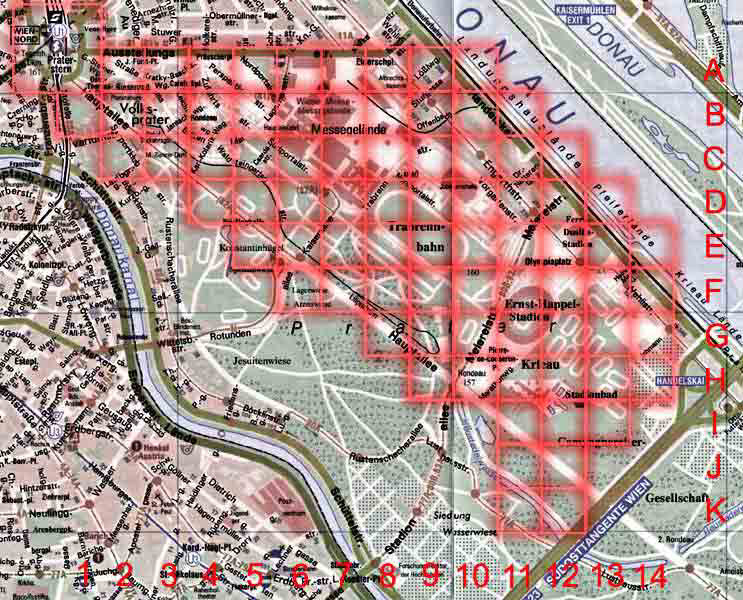



hybrid buildings SS 2003


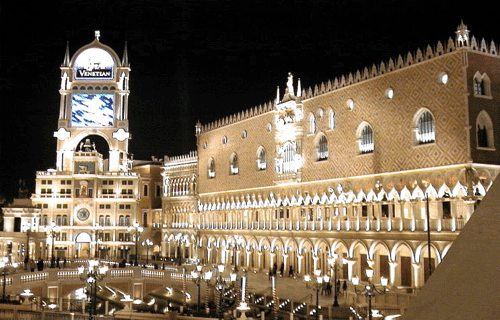
Las Vegas Venetian

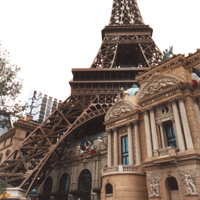
merge, morph, scale, shift, randomise, fake, ..............

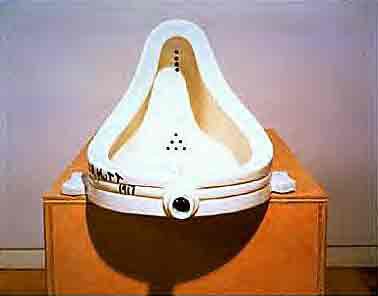
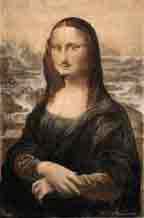

 |
"The Renaissance Legacy. The Vanishing Point = Self-Effacement, The Detached Observer. No Involvement! - The viewer of Renaissance art is systematically placed outside the frame of experience. A piazza for everything and everything in its piazza. - The instantaneous world of electronic informational media involves all of us, all at once. No detachment or frame is possible." The Medium is the Massage: Marshall McLuhan / Quentin Fiore |



anamorphoses

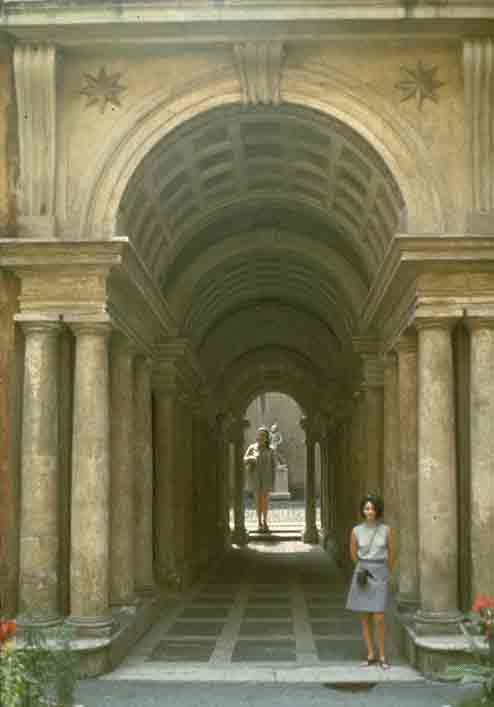
Borromini Palazzo Spada / fake 1540
perception by wire-frame; the edges of space:
We are used to recognise space, the size of space and distances on behalf of edges; the wire frame of boxes (equally very useful for perspective drawings as scales are) have therfore become prototypes for our understanding of space;
If you do´nt agree with this,
you can produce many edges, distort them, torment them:

cube*.avi
cube_h_wf.avi
cube_h.avi
cube_ax_wf.avi
cube_ax_.avi



x-ray recognition (Dr. Sortantin)
Automatic recognition makes images more
intelligent; it works because nobody has to sit behind the screen and wait until something
happens, until someone understands what is happening. Nobody has to be there means:
without subject
James Turell: another way of perception, another
way of getting rid of edges
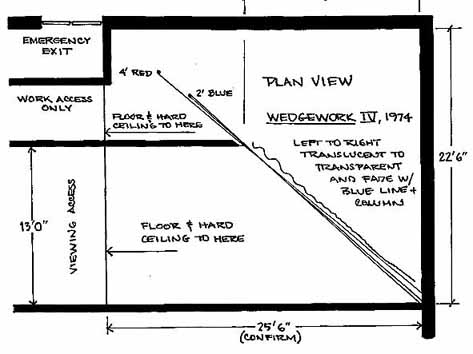


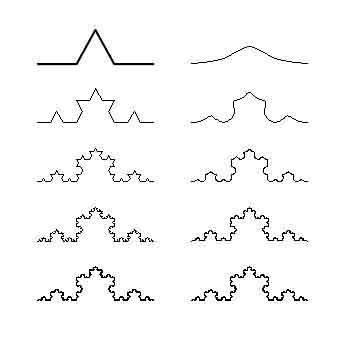
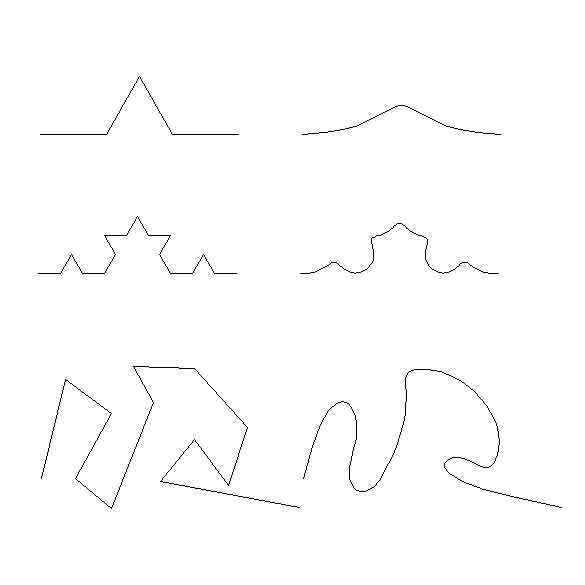
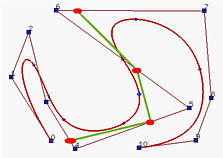
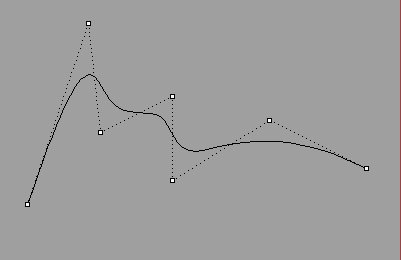
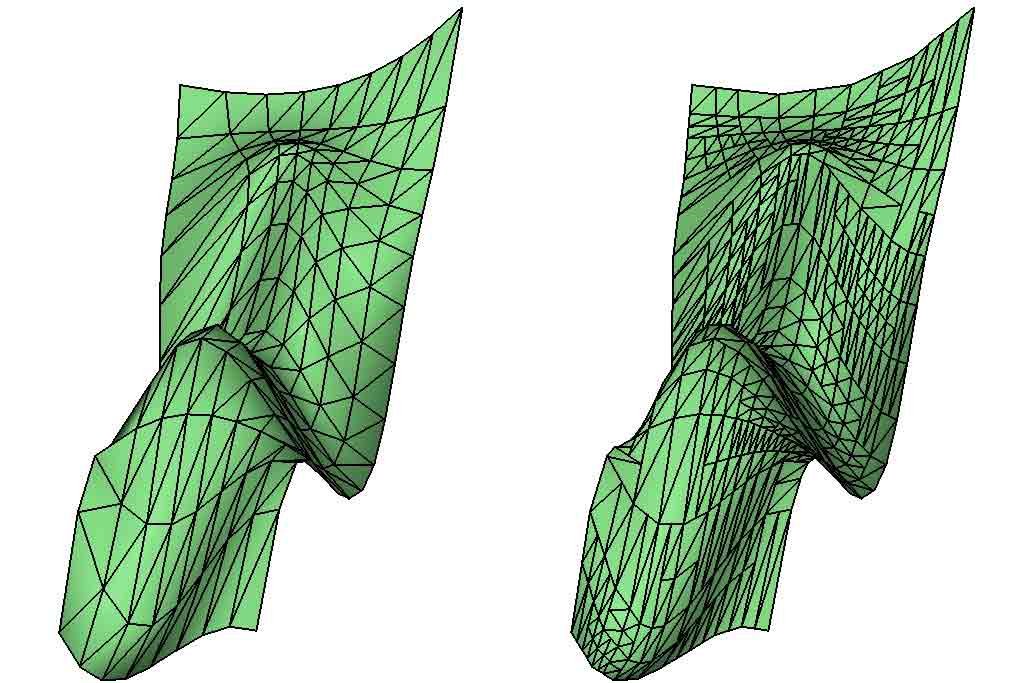
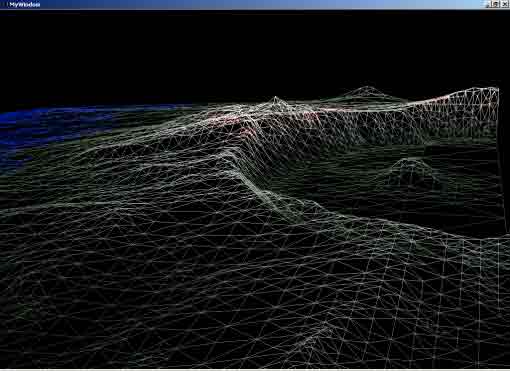


Waterpavillon (NOX / Lars Spuybroek))
|
Flatland
|
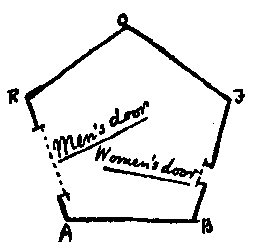
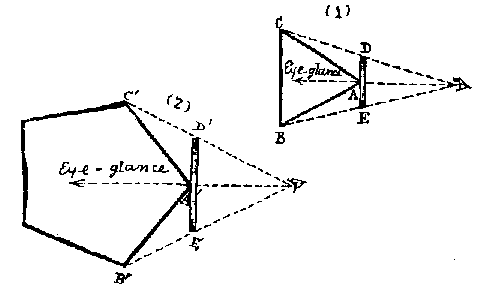

Nicéphore Niépce 1827 : la plus anciennephotographie au monde

Place de la Concorde1858 Frères Bisson
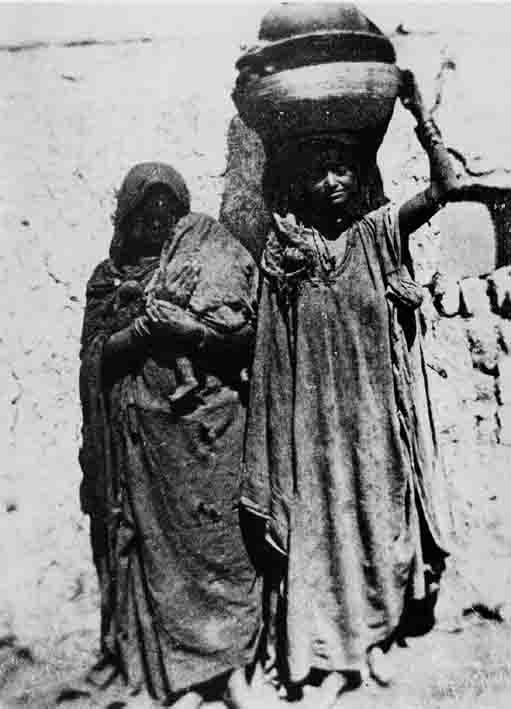
Donne nubiche1852 Benecke E
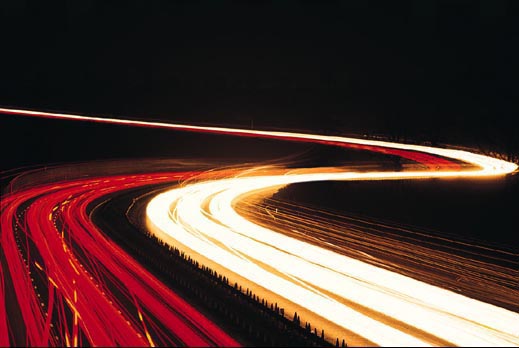

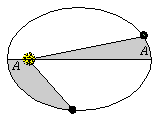

Kepler
(1571 to 1630) Orbital Elements and Nomenclature


Johann Bernhard Fischer von Erlach
(1656-1723) Master Architect of the Austrian
Baroque
TX_TRANSFORM
©
Martin Reinhart & Virgil Widrich
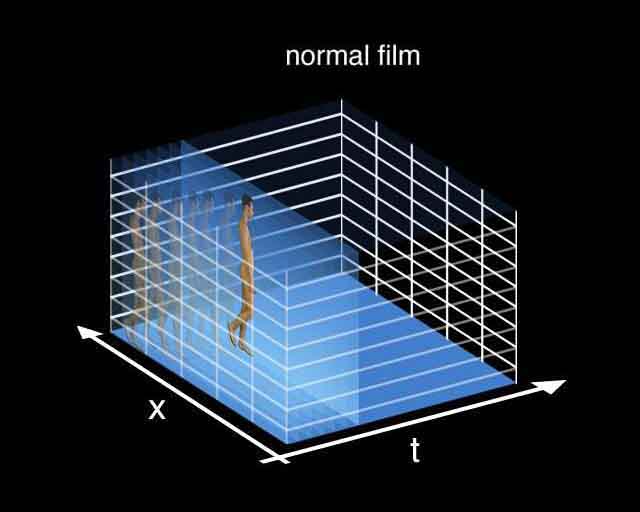 information block: normal film
information block: normal film
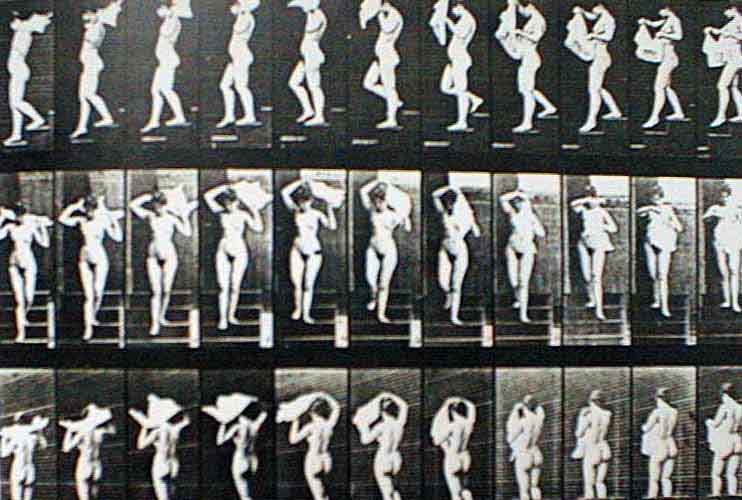 Muybridge 1871
Muybridge 1871
|
|
information block: tx-transform |
information block: normal film |
Algorithms ....................
are simple rules


fractal geometry, Mandelbrot
Algorithmic Architecture
|
|
"deconstruction"
FO FU CO
game of life (HD)
John Conway´s GAME OF LIFE, which has been
published 1970 in Scientific America, is a simulation of a sample "model-world",
which although based on simple rules, produces complex structures and objects. This took
an important role in many discussions about "definition of life", cellular
automatas, artificial intelligence and hat even great importance for models of chromosoms.
There are quite a lot of online sites about this topic:
Patterns, Programs, and Links for Conway's Game of Life
DDLab / discrete dynamics lab / Andy Wünsche /
Santa Fe Institute
Cellular automata /
random boolean networks
Order-Complexity-Disorder
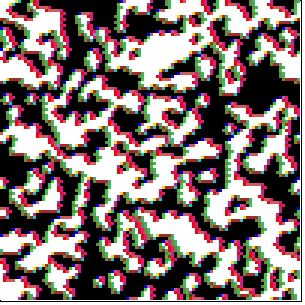
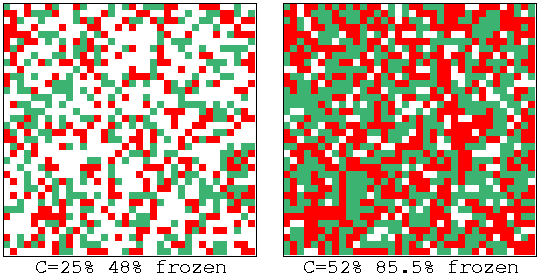


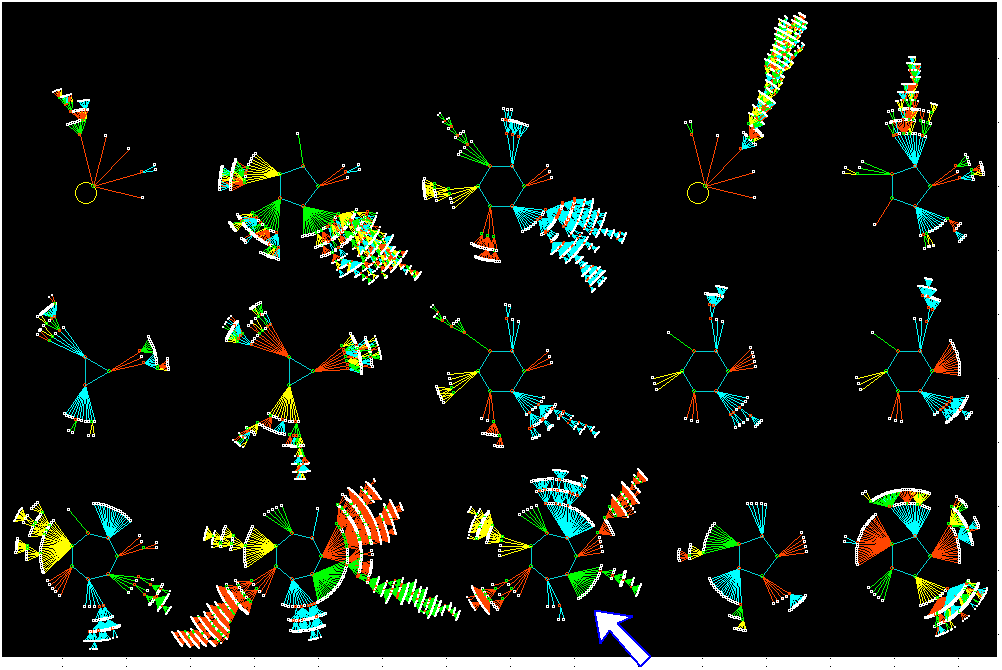
HD link to mrr
Celular automata
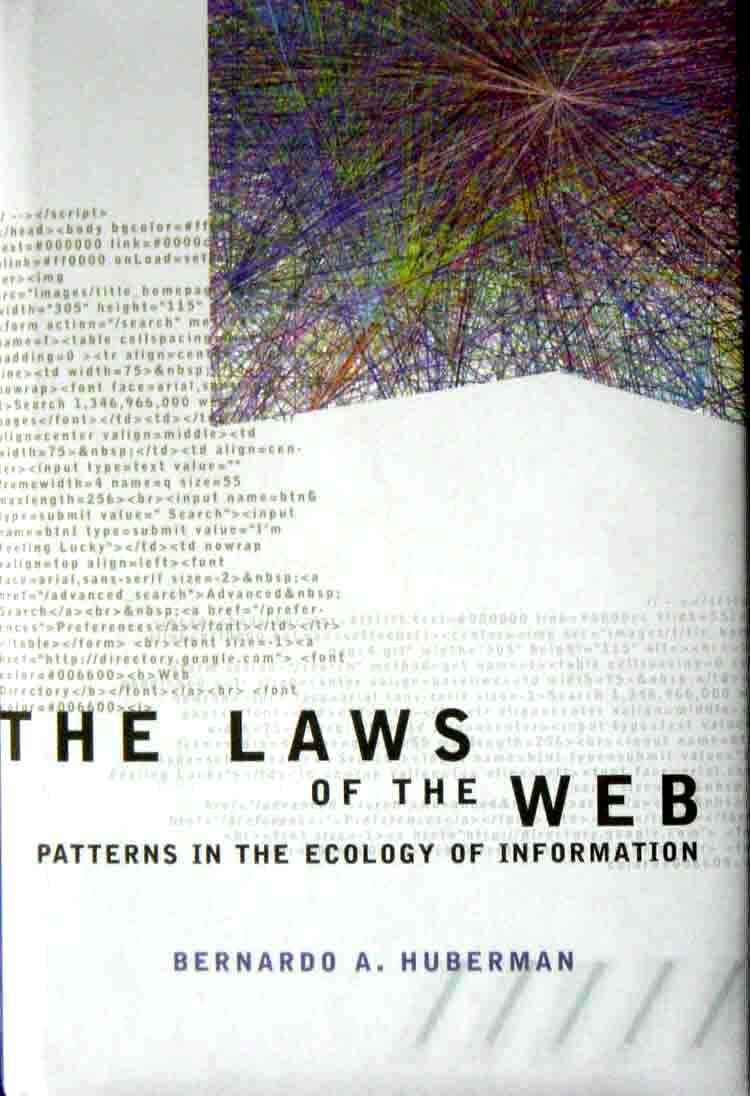
production of architecture by using models of
neurons and models of gen-biology.
Neuronal Architecture Processor (Prototype June 1999)
designed by Wolfgang Maass / Manfred Wolff-Plottegg
(contribution to the exhibition "real virtualities" Künstlerhaus Vienna 8/1999
spike trains
= bit strings = data (coordinates, vectors)
"integrate-and-fire neuron" or "spiking neuron".
#110 from
http://www.cis.tu-graz.ac.at/igi/maass#Publications
and to the article "Das menschliche Gehirn -
nur ein Rechner?"
# 108 " from
http://www.cis.tu-graz.ac.at/igi/maass#Publications
and to the introduction by Thomas Natschlaeger (in
german):
http://www.cis.tu-graz.ac.at/igi/tnatschl/3gen/3genlang.html
DNA / RNA
(The following short introduction to gen-biology
has been compiled by Dr. Heinrich Kovar)
99261
The four molecules (A, G, C, T) represent the letters in which the genetic information is written. 99259
Each sequence of three of these
molecules (triplet) carries the information for a word (=codon) (amino acid) or an
interpunctation (start or full-stop).


reading a childrens´riddle
99260 reading the genetic code
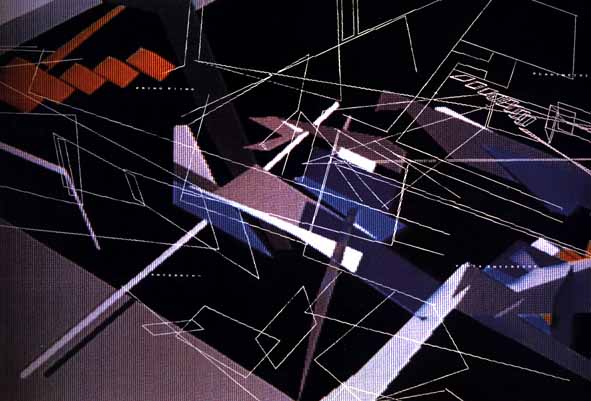
reading the binary house / Plottegg arlready 1988
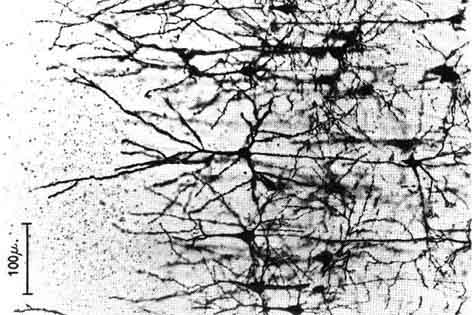
The extents of cabling within only one cubic millimeter of grey matter within our cerebral cortex already reaches a length of approximately 4 km.

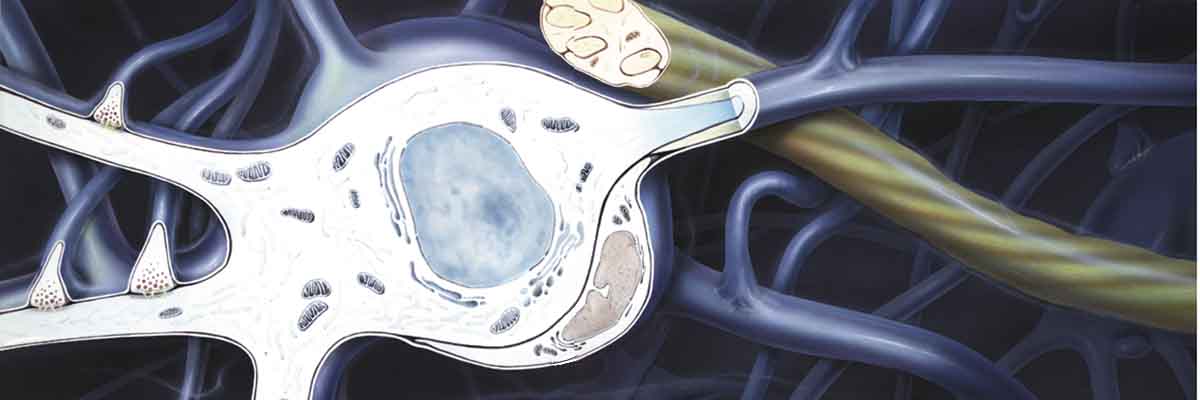
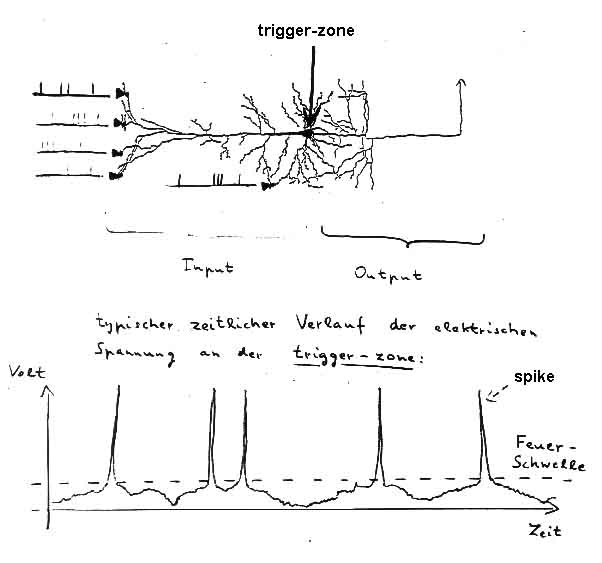
a neuron producing spikes
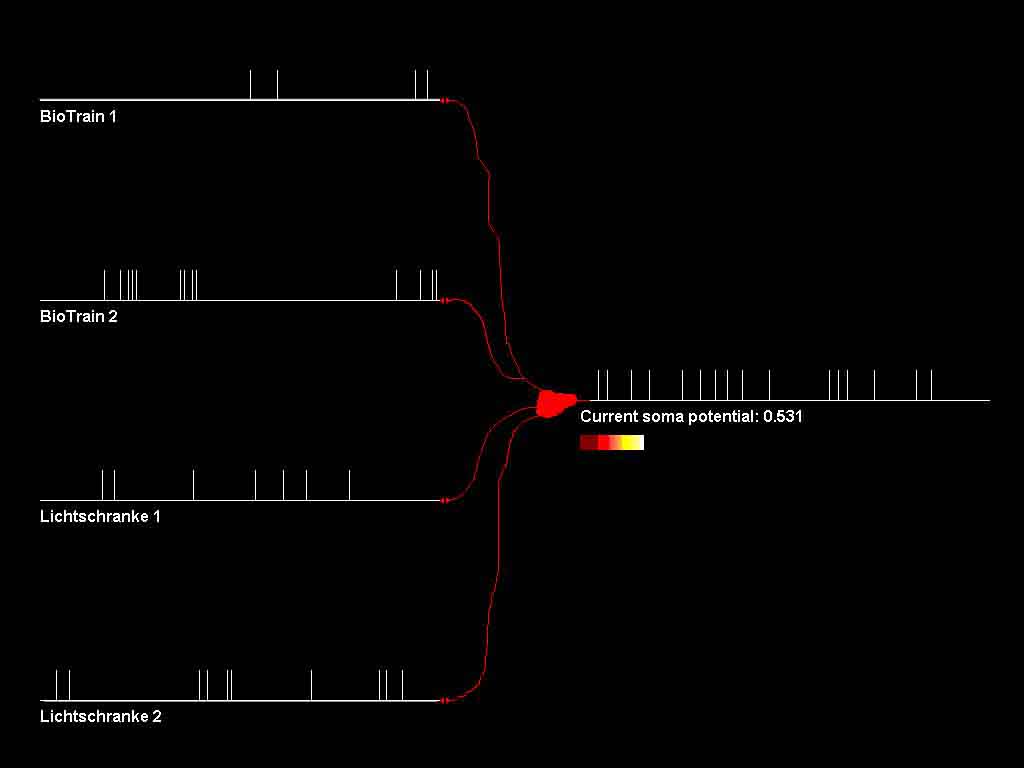
a mathematical neuron producing spikes
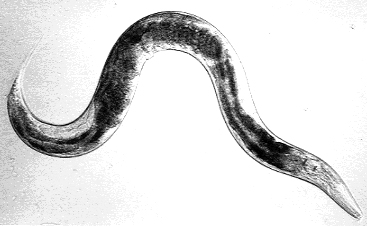
Caenorhabditis Elegans (1,5 mm) decoded December 1998
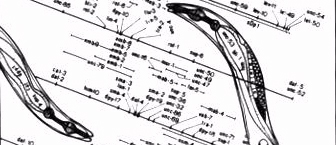
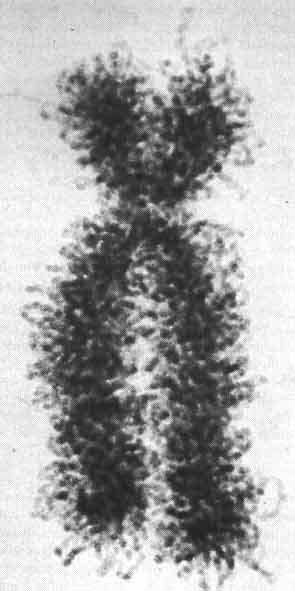
Chromosom Nr 22
decoded December 1999
99262
neuron
arch generator (QT-mov 7.441 KB)
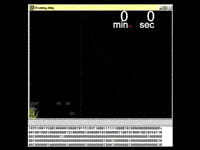
neuron demo.exe
neuron.avi
neuron.avi
REAL
VIRTUALITIES
(Exhibition on advanced developements in
media architecture, Künstlerhaus Vienna July / August 1999, curator: Manfred
Wolff-Plottegg; with contributions by: Blasbichler Armin, COOP Himmelblau,
Egg Daniel, Emmerer Martin, Hilbert Wolfgang, Schneider Richart, Kada Klaus, Kipcak Orhan,
Krautgasser Annja, Kupelwieser Hans, Maass Wolfgang, Novak Marcos, Nox / Lars Spuybroek,
Oosterhuis Kas, Pakesch Mucki, Schnell Ruth, Shaw Jeffrey, Sommerer Christa, Mignonneau
Laurent, Weibel Peter, Widrich Virgil, Wolff-Plottegg Manfred)
Architecture as Information Editor (2001)
|
|
New York / Times Square |
London / Entertainment Center |
universal language

ERASER 1970

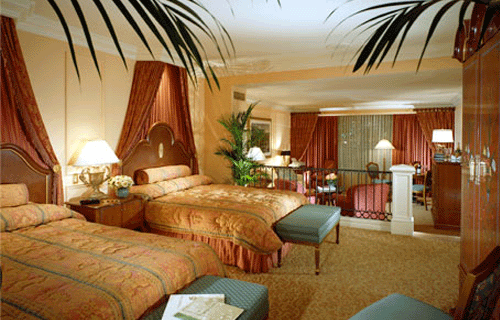
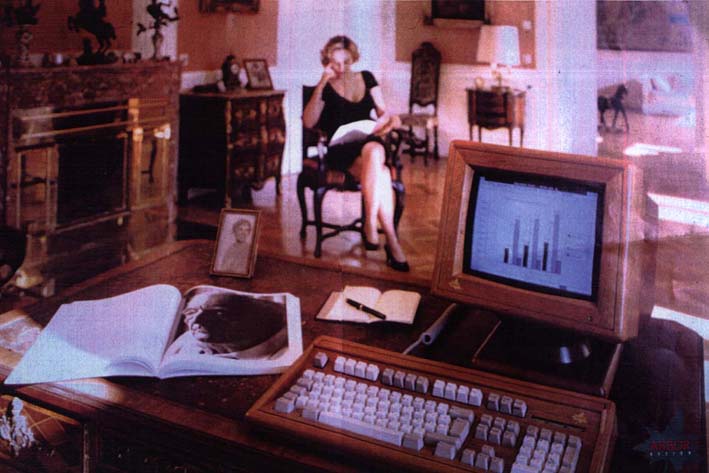
Analoger Architekturgenerator 1987
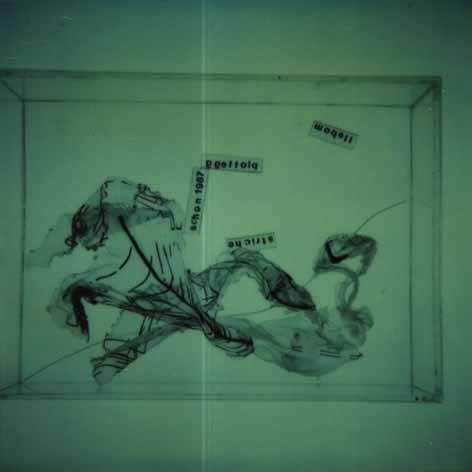
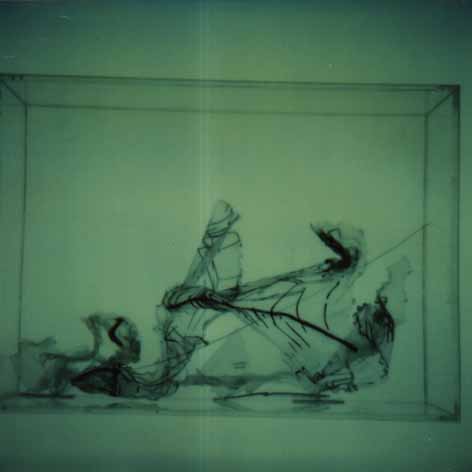

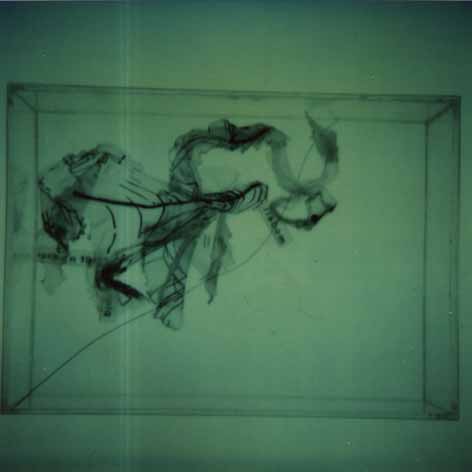

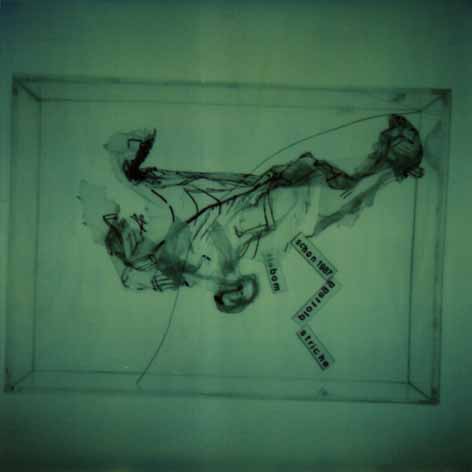
Grasser/gen03 2002
Grasser/gen01 2002 Zugzoomschönschnell 1987 / mov
BINARY HOUSE 1989 Grasser/house1 2002

Housing competition Seiersberg 1987
Housing competition Spielberg 1991
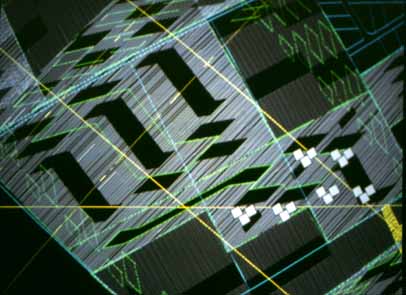
Examples of analogue algorithmic planning
Fransenbad 1984 + Fransenauto 1989 + Fransenhelm 1989
Neuronal
Architecture Processor (Prototype 1999)
